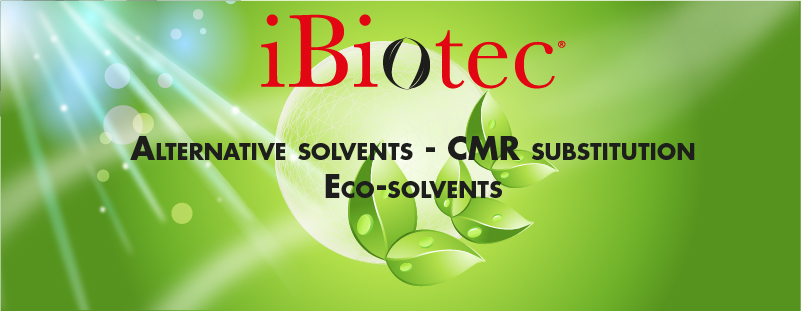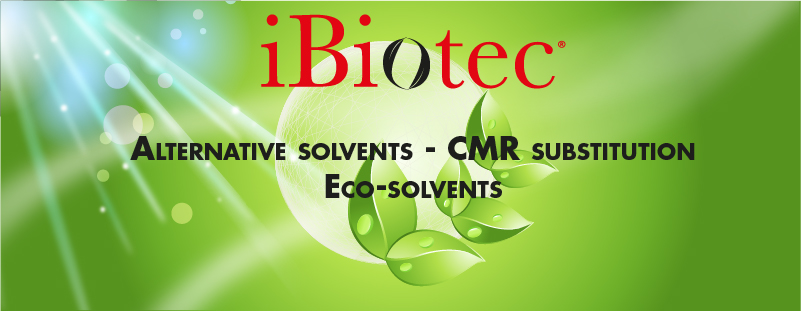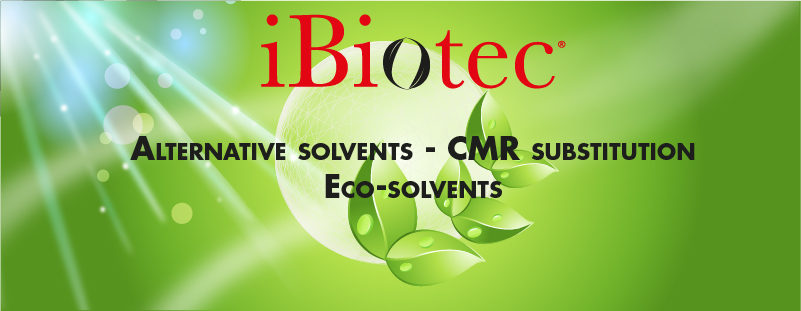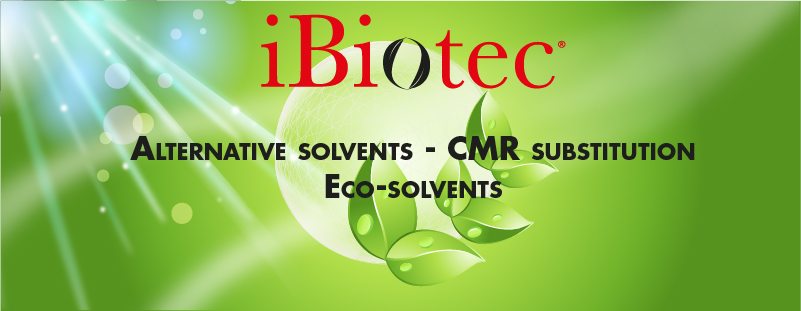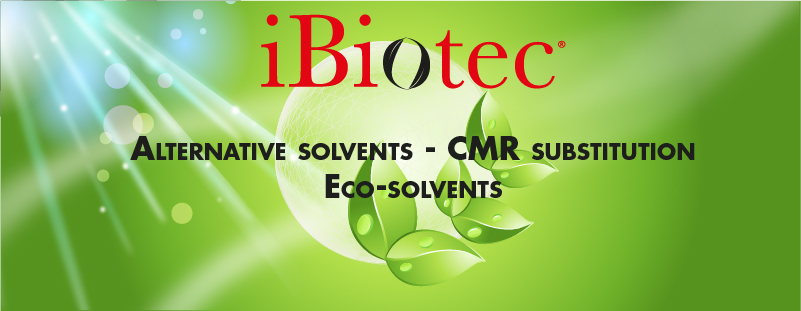Industrial degreasing solvents
Classification of flammable liquids
REGULATORY CONTEXT
The CLP European regulation establishing the new labelling rules for dangerous substances and products, aims to reduce chemical risk. These regulations, originally drawn up in 2008, are subject to regular modifications as part of the adaptation to technical progress (ATP). We are in the 10th adaptation; Regulation ATP.10 CLP 2017/776 CE-GHS.
The CLP regulation had an immediate impact on the ICPE regulation (classified establishments), since the decree of May 11, 2015, fixing the new nomenclature of flammable liquids, entered into force on June 1, 2015 and called SEVESO III.
There are several consequences to note.
Under CLP, the labelling rules are as follows:
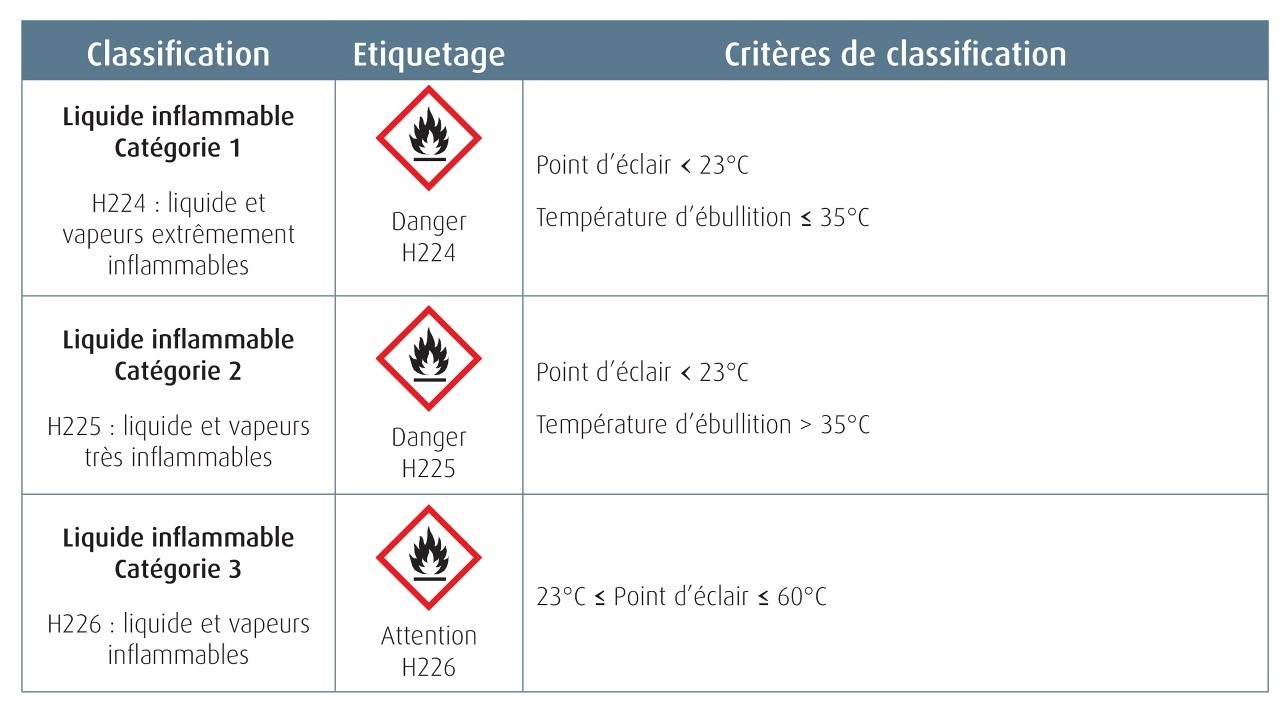
Under ICPE regulations, the consequences are more significant.
Nomenclature 4330 relates to any establishment, for storage, mixing or use of 1st category flammable liquid (flash point less than or equal to 23°C)
Quantity greater than 10 Tons: Prefectural authorization, public inquiry, impact, and danger study.
Quantity greater than or equal to 1 ton but less than 10 Tons: Declaration to DREAL (ex DRIRE), and Control.
In addition, under nomenclature 1436, the quantities of fuels whose flash point is between 60°C and 93°C (domestic fuel), will be used in the calculation of the reference quantity.
________________________________________________________________________________
Safety data sheets SDS
Flammability Risk of ignition
REGULATORY CONTEXT
The SDS concerns all substances and mixtures or preparations of chemicals. They are therefore carried out by manufacturers and distributors of solvents and degreasers and are intended for users, occupational physicians, employers, employees, preventers, members of the CHSCT. They must comply with the REACH EEC 1927/2006 regulation of December 18, 2006 and the CLP EEC 1272/2008 regulation of December 16, 2008 applicable on June 1, 2015.
Any SDS whose publication or transmission date is before June 1, 2015, therefore does not comply with the regulations. In addition, the SDS must be managed, meaning that each regulatory change or any change concerning the product itself must be communicated to the user.
